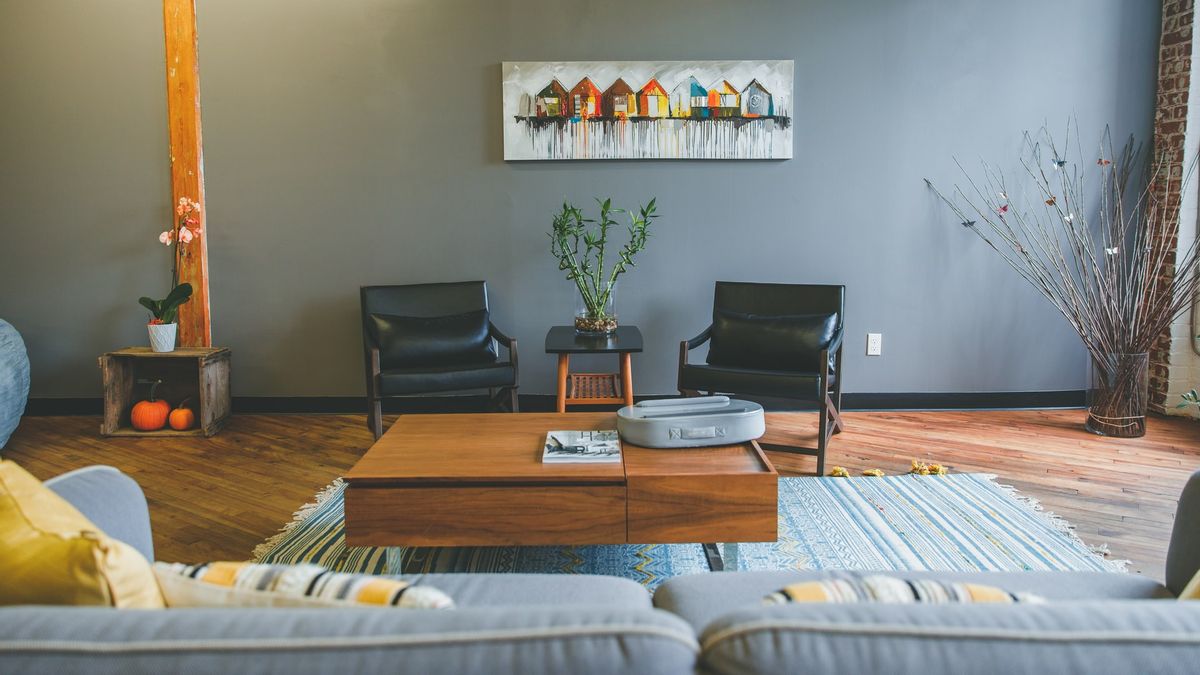JAKARTA - Wabi-sabi is a principle or it can also be called a philosophy that comes from Zen teachings in Japan. The principle of wabi-sabi is based on the concept of imperfection to obtain the beauty of a room.
Wabi-sabi is not only practiced in managing rooms, but also underlies the tradition of drinking tea, ikebana or the art of flower arrangement, and haiku literature.
To make a room look beautiful even in imperfections, you can practice the 5 principles of wabi-sabi below.
Consciousness accepts flawsBased on the meaning of the word, wabi means awareness to find sufficiency in shortcomings. While sabi means satisfaction with beauty. Launching Nomura Art, Wednesday, February 17, the two words refer to simplicity and serenity.
Asymmetry, irregularity and simplicityThe application of wabi-sabi in managing residential spaces can use the principles of asymmetry, disorder and simplicity. In Japanese, the principles of fukinsei include asymmetrical, irregular, and imperfect arrangements.
For example, you can choose a sofa color that contrasts with the paint color of the walls. For example, you can put together vintage furniture that is not one era or different colors.
To practice simplicity in arranging the room, you can stick to the kanso principle. Because the complexity of life according to Zen is superficial, life is actually simple. This means you don't need to complicate your mind in arranging the room at home.
The principle of wabi-sabi also values asymmetric beauty. If you like one form of furniture, even if you don't have one theme with the concept of building a house, you can still use it.
Prioritizing naturalness or shizenThe next principle is that natural ingredients are considered quality in wabi-sabi. In practicing this, for example the house is not completely finished or the walls are still brick, it can still look beautiful with a combination of wood furniture.

To get a calm and beautiful residence, based on the principle of wabi-sabi, you don't need to be obsessed with certain building concepts. In fact, you can create an authentic residential concept based on personal sense.
Balanced elementsThe last principle in the concept of wabi-sabi is related to the third point, namely the natural elements. For example, measuring good air circulation, balanced lighting, and plants as decoration.
Natural colors such as green, gray, yellow, blue, and orange can also make your living space feel more comfortable.
Interested in arranging your house with the concept of wabi-sabi? It is enough to identify whatever contains simplicity, beauty, and uncomplicity to pursue perfection.
The English, Chinese, Japanese, Arabic, and French versions are automatically generated by the AI. So there may still be inaccuracies in translating, please always see Indonesian as our main language. (system supported by DigitalSiber.id)













